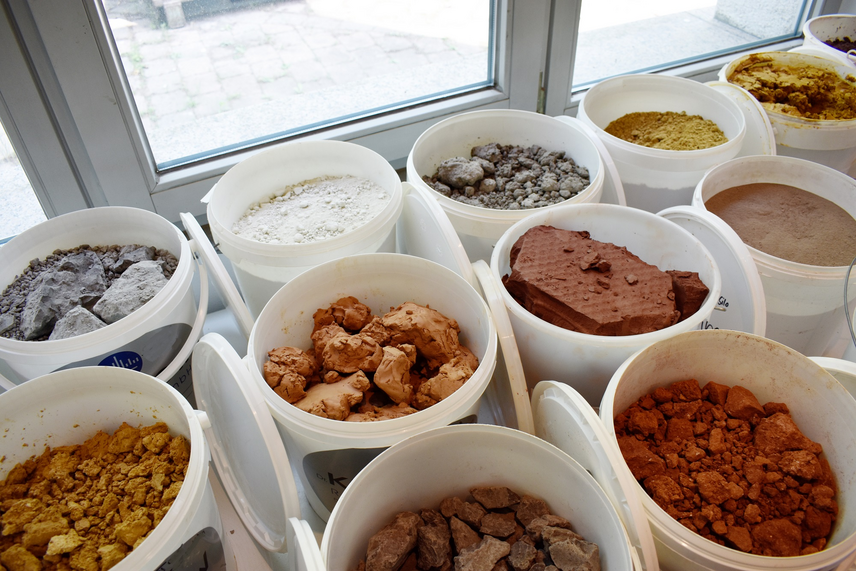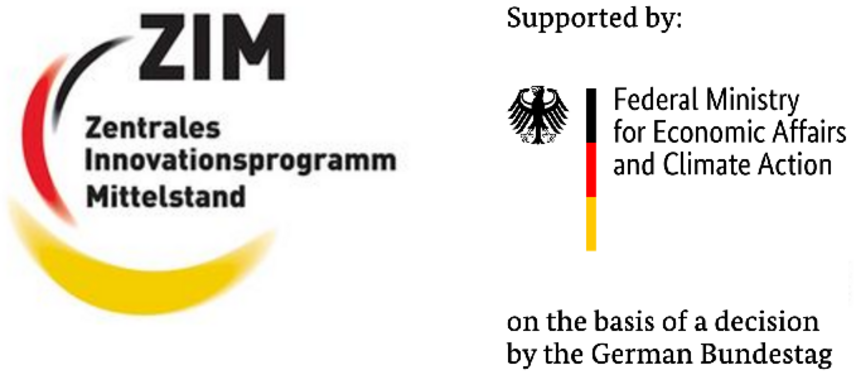Background and results of the project
In the research project, previously largely unused mineral secondary raw materials such as filter cakes, washing sludges, rock fillers and flours as well as clays and loams were analysed. Extensive physical, chemical-mineralogical, cement and concrete analyses have shown that many of the analysed secondary raw materials could be used as natural tempered pozzolan (Q) in accordance with DIN EN 197-1 and developed to market maturity.
However, none of the analysed sample groups could be defined as fully suitable. Therefore, samples that come into question must always be tested separately with regard to their suitability. In general, samples with less than 50 wt.% of clay minerals were mostly unsuitable.
In an ecological-economic evaluation of the secondary raw materials, other parameters (e.g. available quantities, processing costs, energy costs) were considered in addition to the material properties. All relevant factors were weighted and summarised in an evaluation scheme that enables a quick initial assessment of potential raw materials.


